Australia's southeast states remain under emergency flood warnings
Three Australian states of Victoria, New South Wales and the island state of Tasmania are still under emergency warnings after an intense weather system this week brought more than a month’s worth of rain to the southeast.
Hundreds of residents in northern Tasmania have been forced to evacuate their homes due to flooding.
In the Victorian city of Shepparton, northeast of Melbourne, there will an increase in the amount of flooding, according to forecasts.
The Bureau of Meteorology has predicted that there is a chance of flash flooding in Shepparton on Saturday night.
Bureau of Meteorology forecaster Jonathan How said that while the heavy rain has eased, the risk of flooding remains widespread.
The amount of rainfall has caused the water in the rivers to swell and roar.
"Catchments are very, very wet and rivers have responded very, very quickly, and these rivers are expected to remain high for at least a few weeks," How told ABC television.
Prime Minister Anthony Albanese said on Friday that the federal government is ready to provide assistance to the flood-affected states and that Australian Defense Force personnel have been deployed in various areas to assist flood victims.
Victorian authorities have announced the first flood deaths after the body of a man was found in floodwaters in Rochester, 200km north of Melbourne.
A clean-up operation was carried out in Melbourne's west after the Maribyrnong River overflowed on Friday.
Victorian Premier Daniel Andrews told reporters that 344 roads were blocked in the state and more than 500 homes were damaged.
He also emphasized that there is a higher possibility of flooding because the water level is still high in some areas.
Victorian emergency services have announced that more than 350 people have been rescued from the floods so far.
Albanese said the federal government would step in to assist those impacted, if required.
"To everyone in western New South Wales, in Victoria, in northern Tasmania, you are in our thoughts and our government stands ready to do whatever we can to help, wherever it is needed," Albanse said in Sydney.
Australia’s east coast has been repeatedly hit by torrential rains over the past two years, led by La Nina cycles.
More than 20 people were killed in the East Coast torrential rain disaster in March caused by severe storms that ravaged parts of Queensland and New South Wales.
Tens of thousands of Sydney residents were ordered to evacuate their homes in July after flooding again engulfed suburbs on the city’s glacier.
Scientists believe that climate change may not cause natural events like La Nina, but it could make flooding episodes more severe because warmer air holds more moisture.
Australia has been at the sharp end of climate change with extreme weather including downpours, droughts and wildfires becoming more frequent and severe as global weather patterns change.
Holocaust expert: Israel committing genocide in Gaza
Australia ‘s Jewish Council warns against labeling pro-Palestine demos ‘anti-Semitic’
Russia’s Navalny did not die on Putin’s order: US intelligence
Iran warns against threat of terrorism to regional, global security
Tracing the origins of Zionist lobby’s malign influence on American academia
VIDEO | Drone footage captures aftermath of deadly Kenyan flood
Explainer: What is Persian Gulf Day and what are its origins and significance?
VIDEO | 'Ceasefire now!' - Pro-Palestinian motorcade drives through Rotterdam


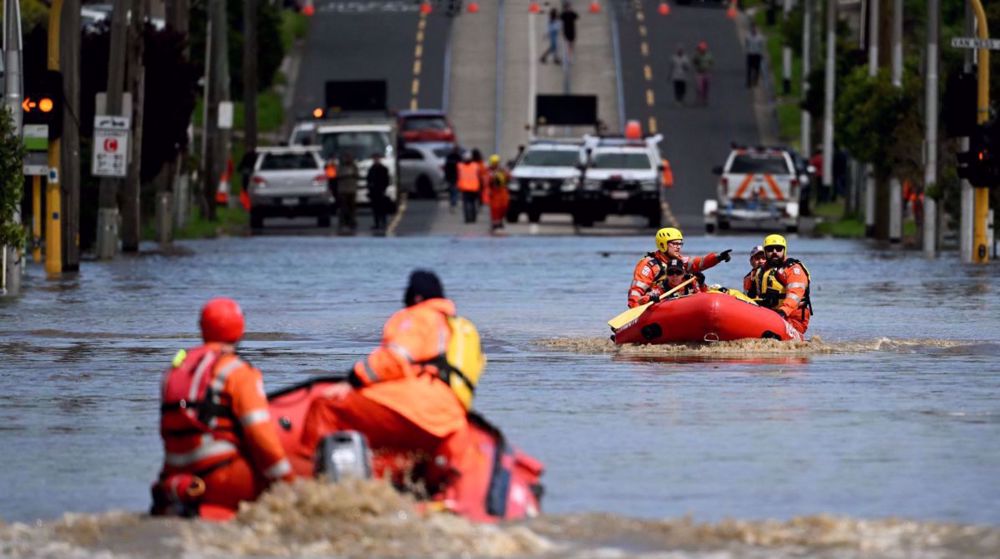
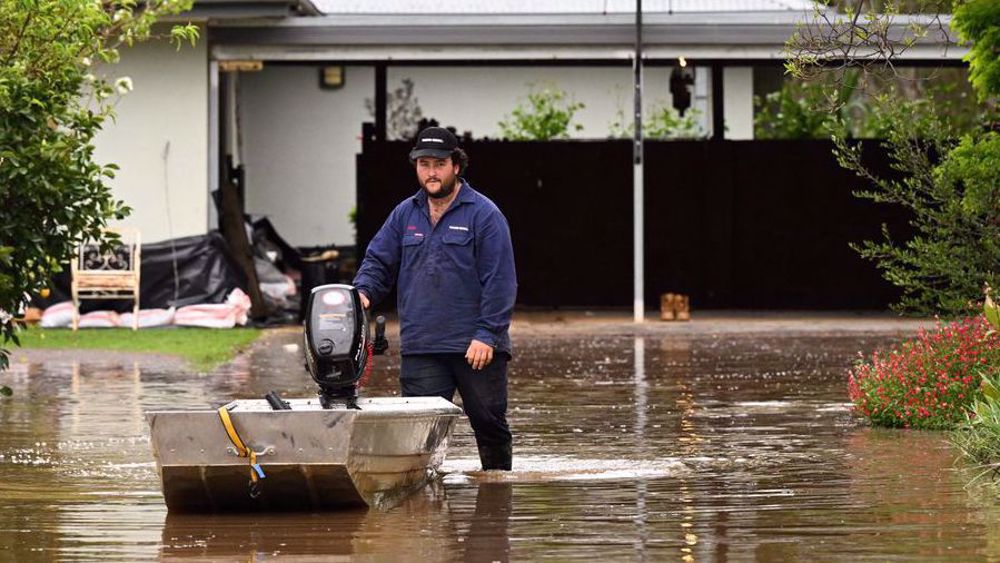






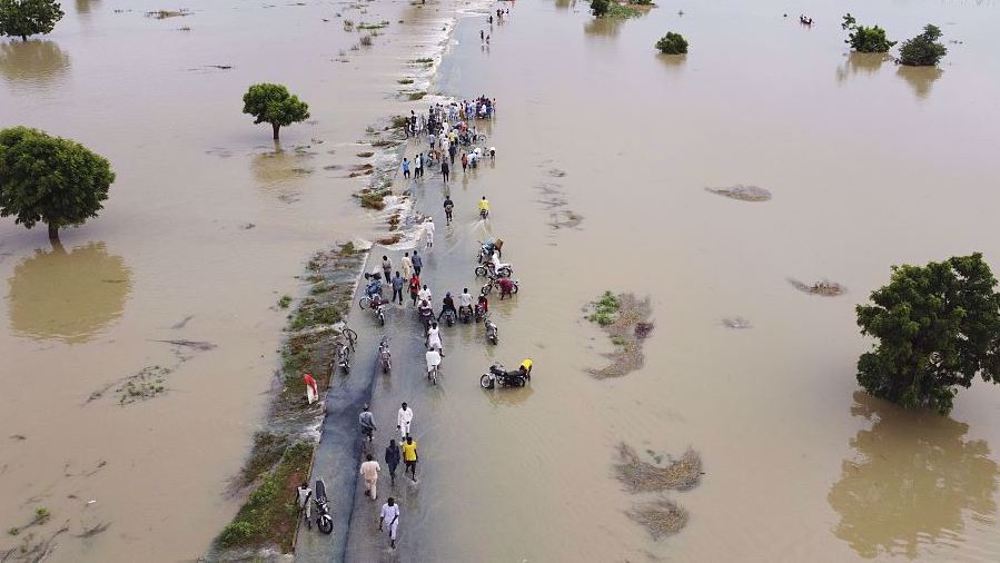
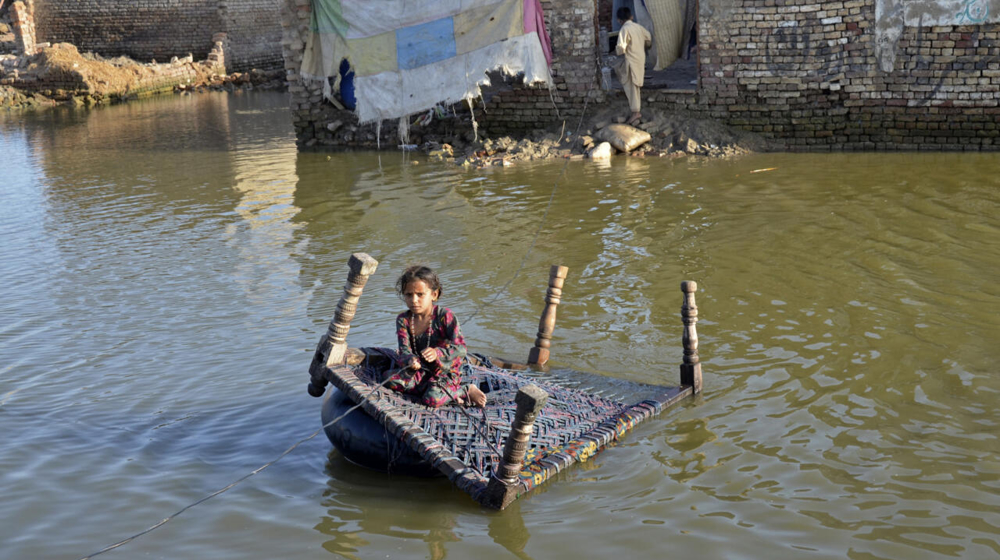
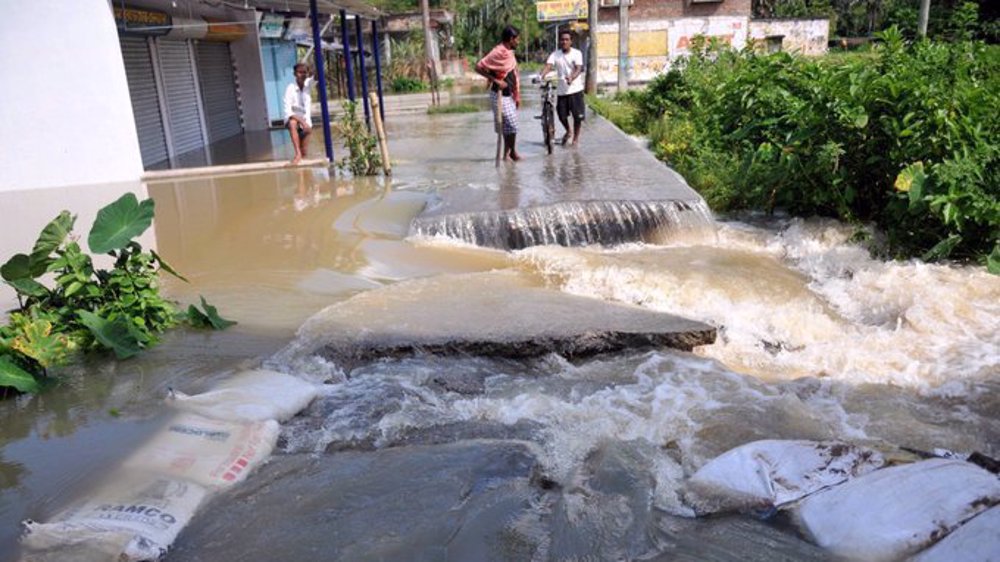





 This makes it easy to access the Press TV website
This makes it easy to access the Press TV website